Tag: Norway
-
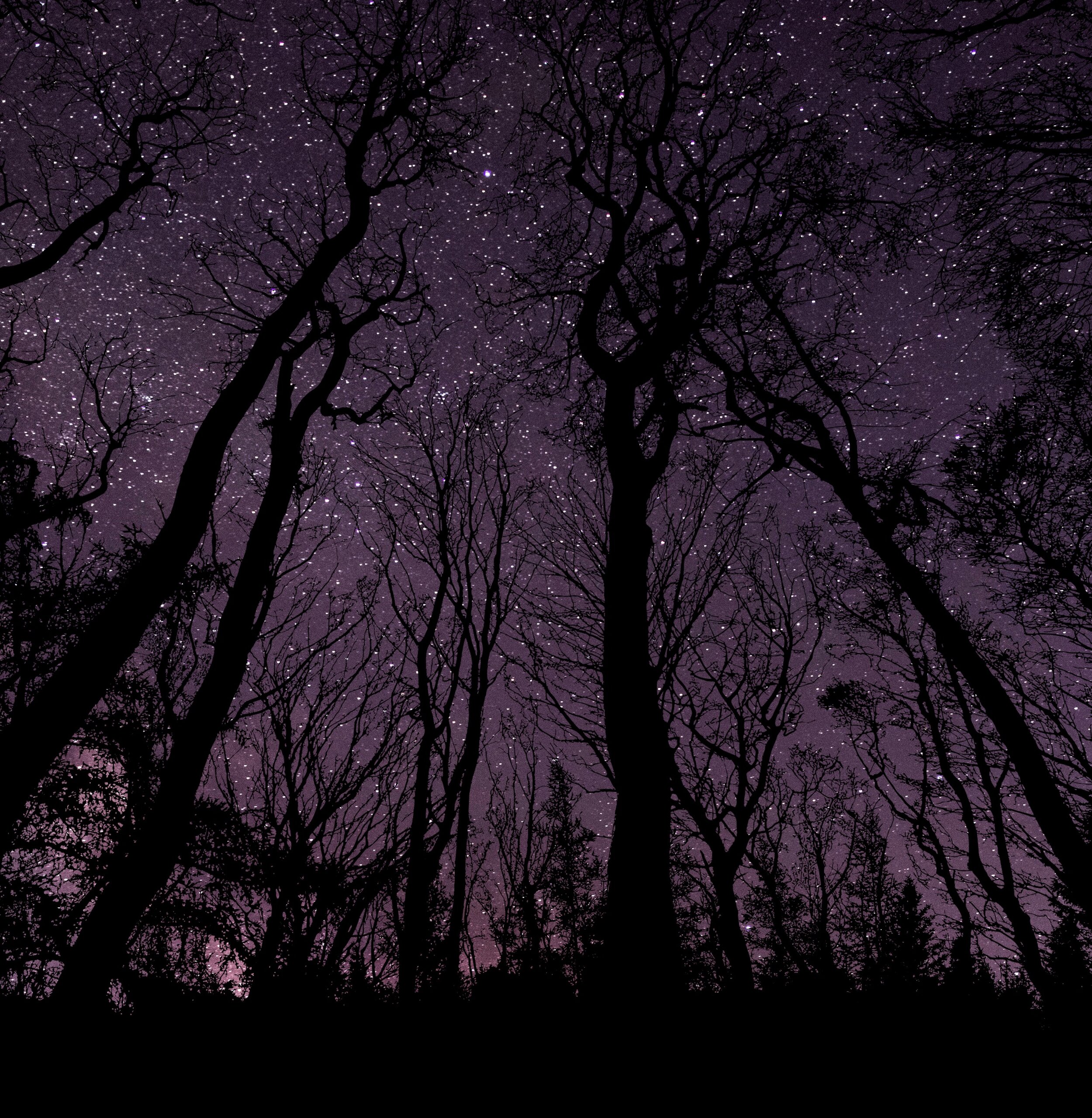
Knutepunkt 2021 Call for Papers
in
Knudepunkt 2021 has issued a call for papers! Pitches are due 10 July 2020 and the theme of the conference, and book, is “Where the magic happens”.
-
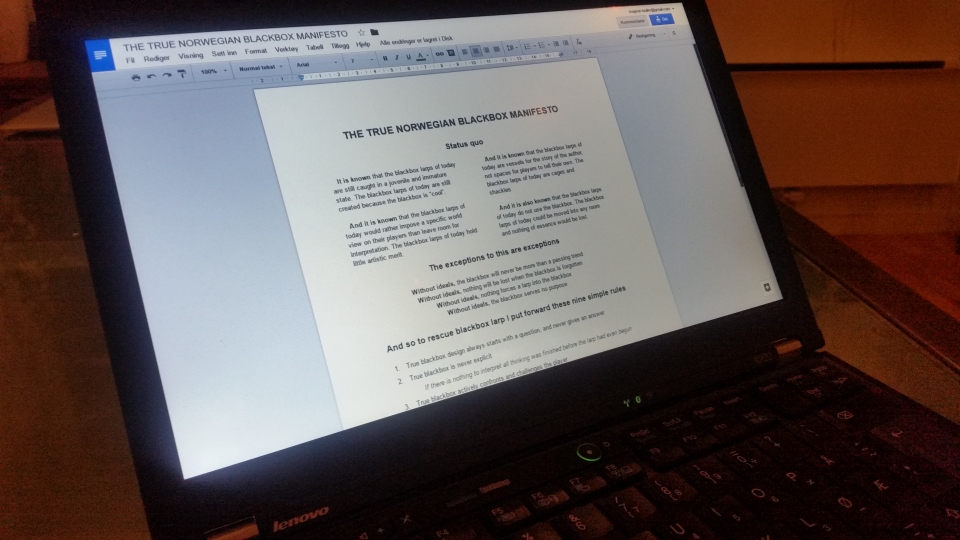
The True Norwegian Blackbox Manifesto
in
Blackbox larps today are in an immature state. Without ideals, the blackbox will never be more than a passing trend. A manifesto to rescue blackbox larp.
-
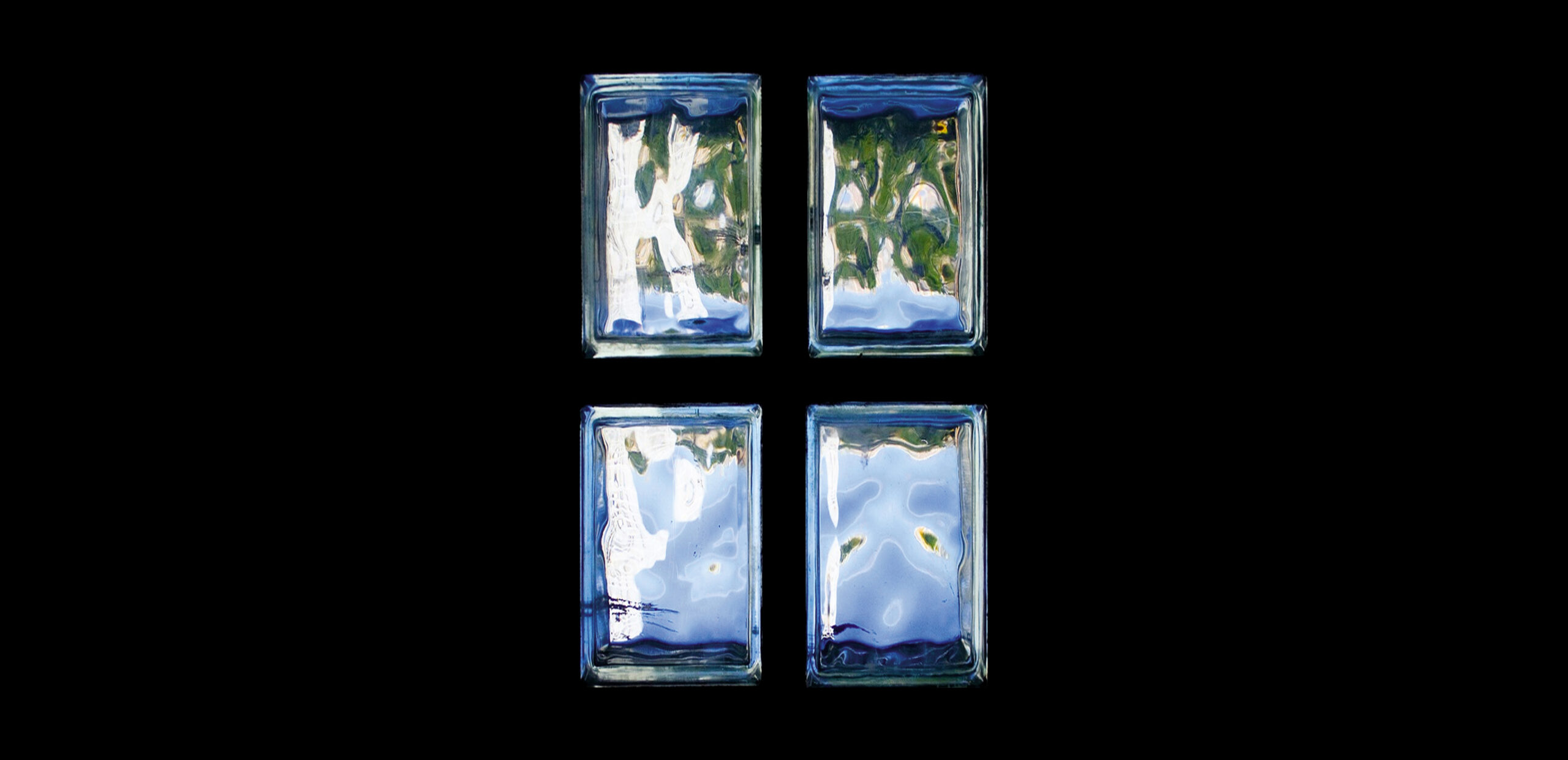
Once Upon a Nordic Larp… – The Knutepunkt 2017 Book
The official book for Knutepunkt 2017 is called Once Upon a Nordic Larp… Twenty Years of Playing Stories and it’s out now!
-
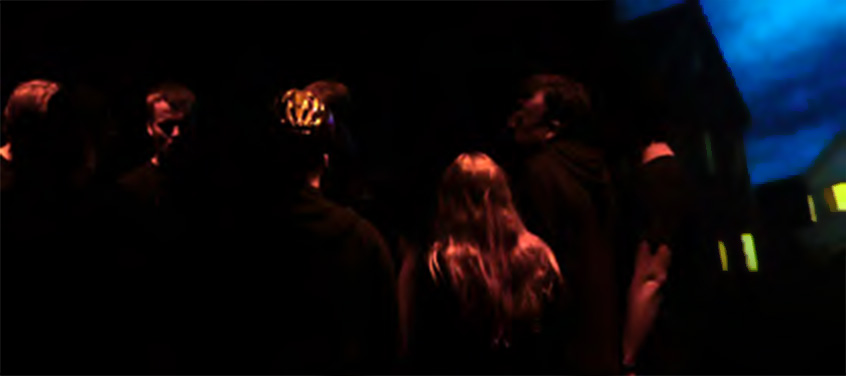
Pneuma – The Game
Pneuma is a surreal mystery-drama, seemingly about a random gathering of people stuck on a bus in the middle of nowhere. The larp is played over four acts. The style is inquisitive and dark. We are trying to attain a feeling of mysteries and confusion. The larp was a brain-child of Hallgeir; it also used…
-
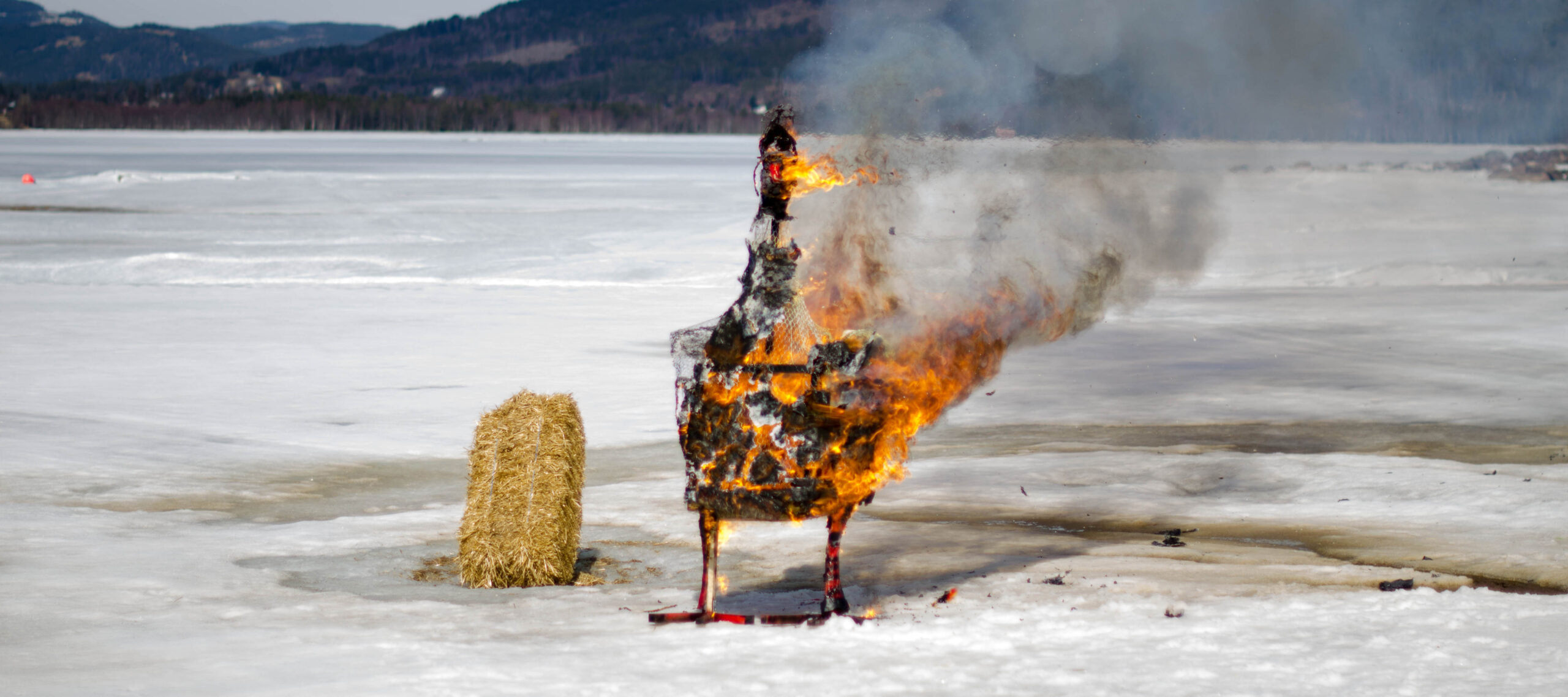
Knutepunkt 2017 – Call for Papers
in
Knutepunkt 2017 Call for Papers. The next Knutepunkt conference will be held in Norway and now the organizers are asking for papers for next years books.
-
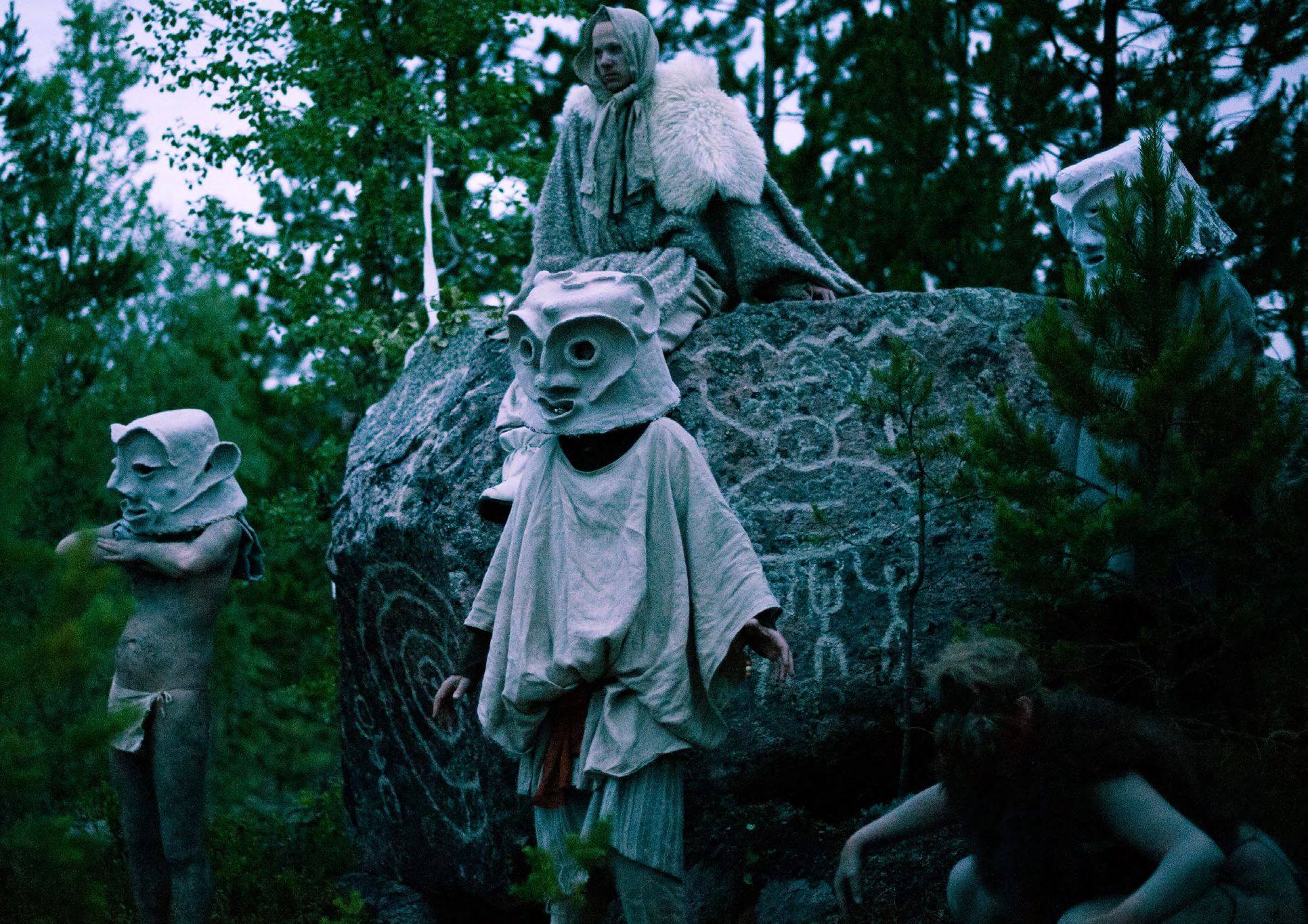
KoiKoi – Drums! Rituals! Inaction!
In July of 2014 we invited 75 players from around the Nordic countries to a wilderness camp in Finnskogen, Norway, in order to give life to a fictive hunter-gatherer society. For four days and three nights they sang, slept, woke, wept, ate, drank, drummed, flirted, chanted, and performed the ceremonies as men, women and nuk
-
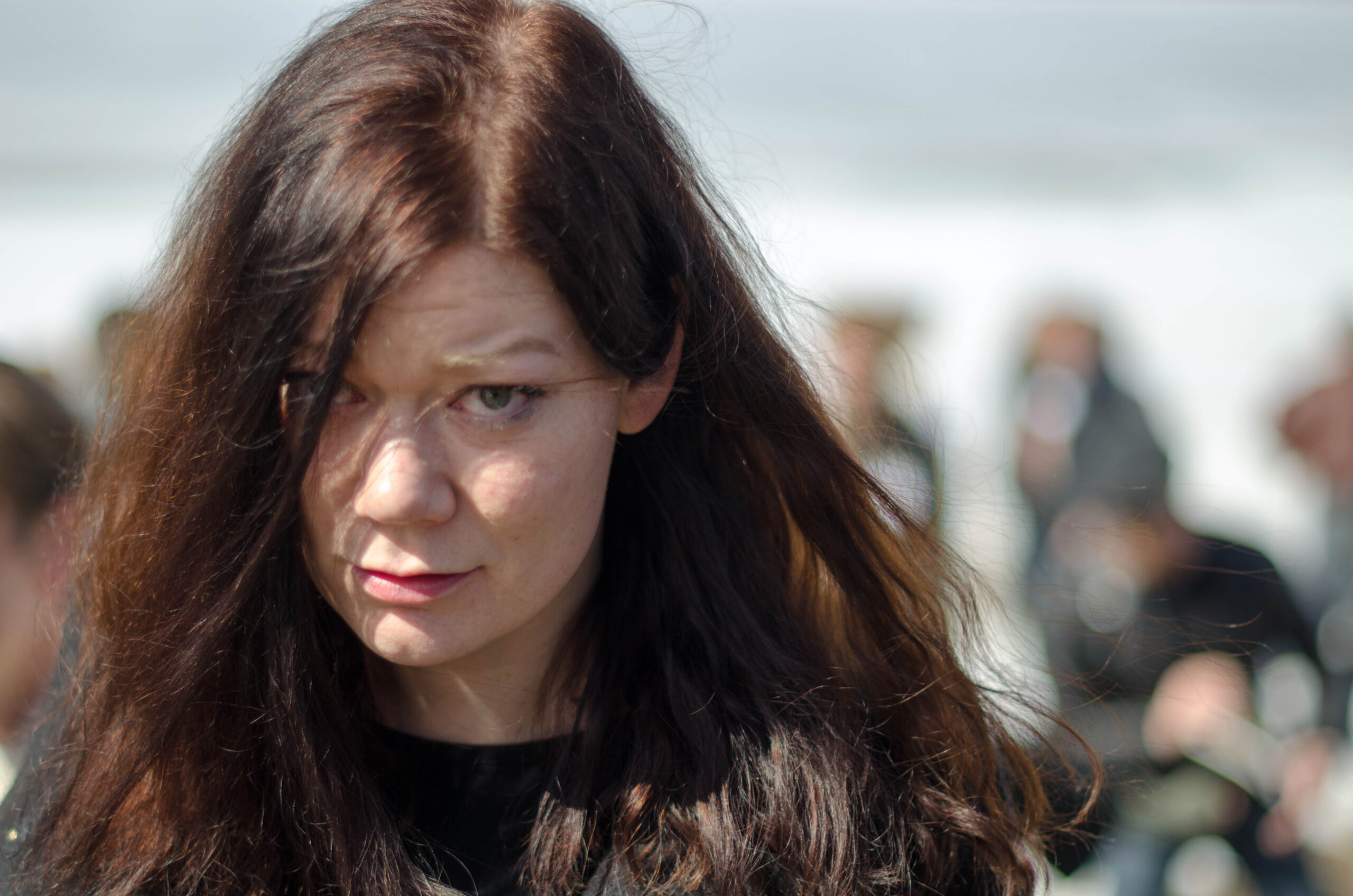
A Beginner’s Guide to Handling the Knudeblues
in
A beginner’s guide to handling the Knudeblues, the emotional drop felt after larp cons such as Knudepunkt. This text gives you tips to help you land.
-
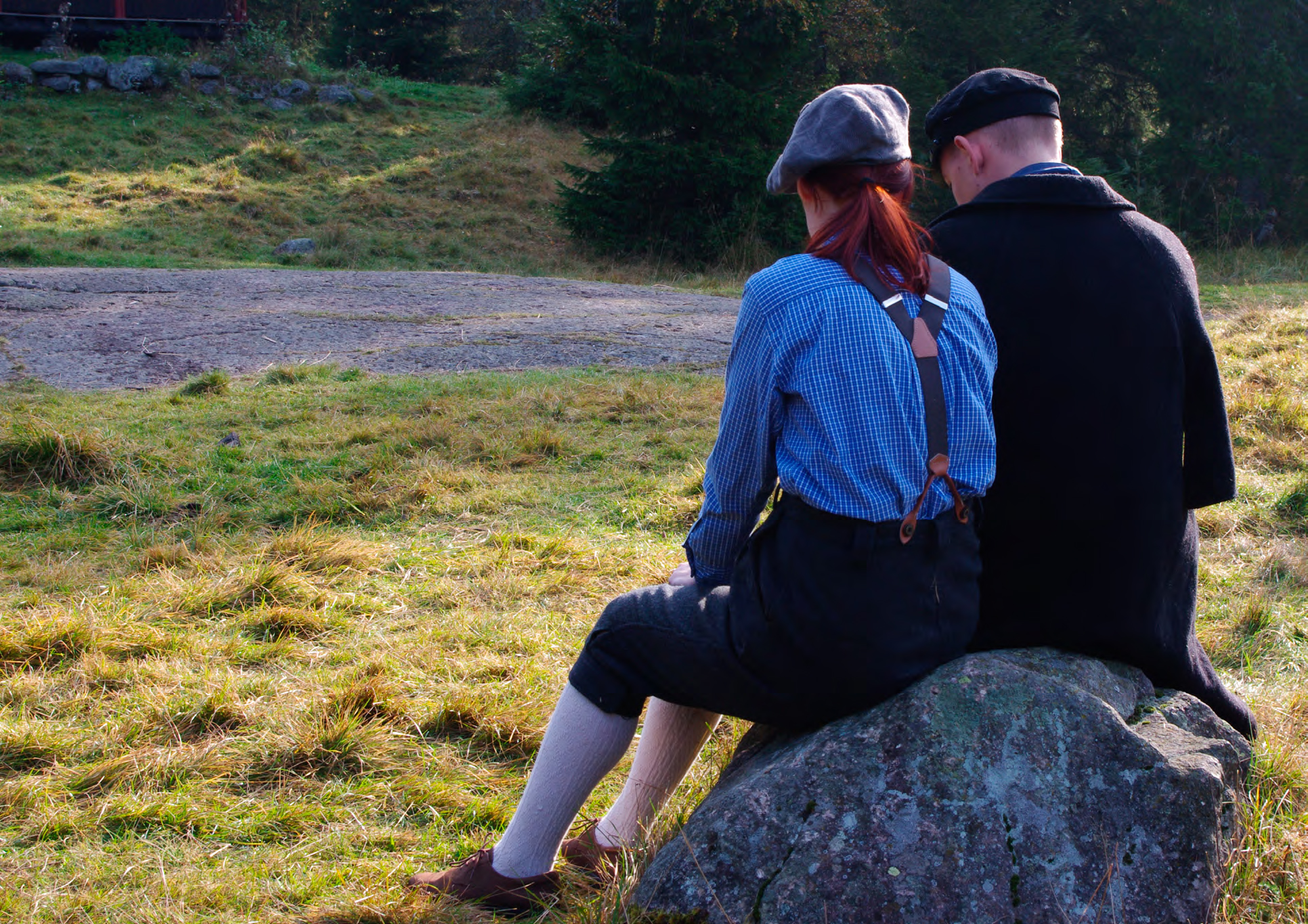
Brudpris
Brudpris (Bridal Price) is set in Berge, a rural village in the fictional Mo culture. The culture of Mo is inspired by Nordic rural 19th century aesthetics. They live isolated from the outside world according to their strict patriarchal honor culture.
-

Larpwriter Summer School 2014 Open for Applications
in
The 2014 edition of the Larpwriter Summer School is now accepting applications. This is how they describe the project: We believe larp can change the world. That it’s harder to disrespect, have prejudices against, or start a war with someone when you have been in their shoes. By creating international networks, sharing experiences and reflecting
-
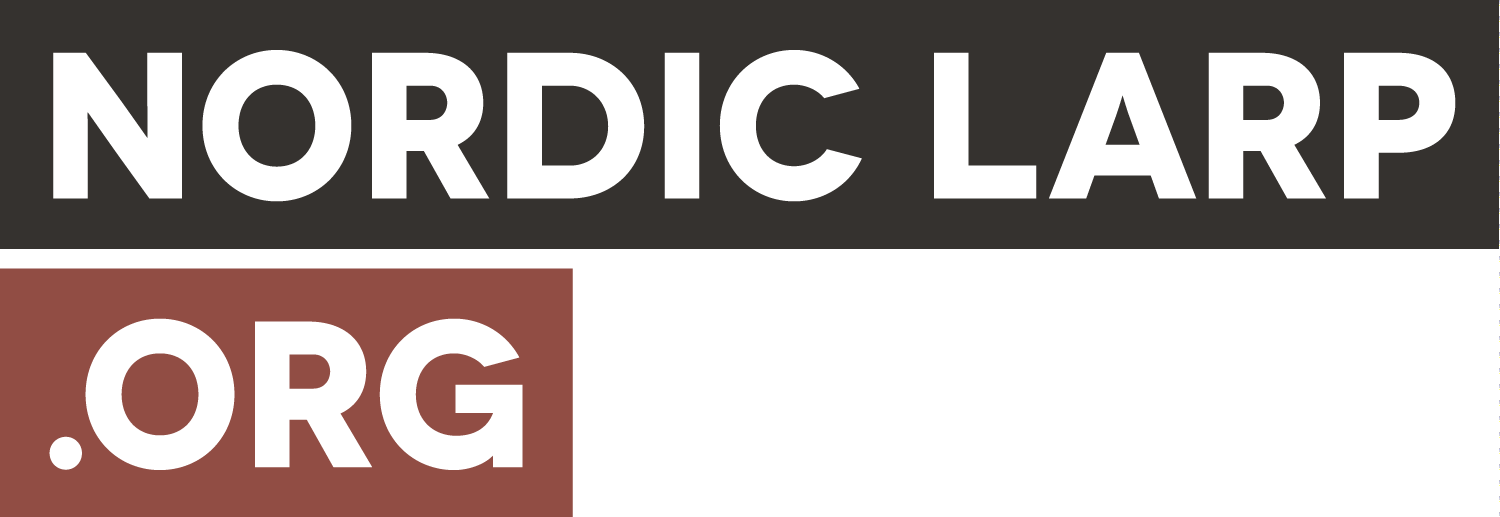
Change is Coming
in
We are rebooting Nordiclarp.org as an online magazine. Instead of only linking to other websites we will produce original content as well as republishing interesting and important texts from the past or other sources. The wiki will remain in its current form, although we are looking into reducing the threshold to start contributing. We are